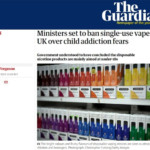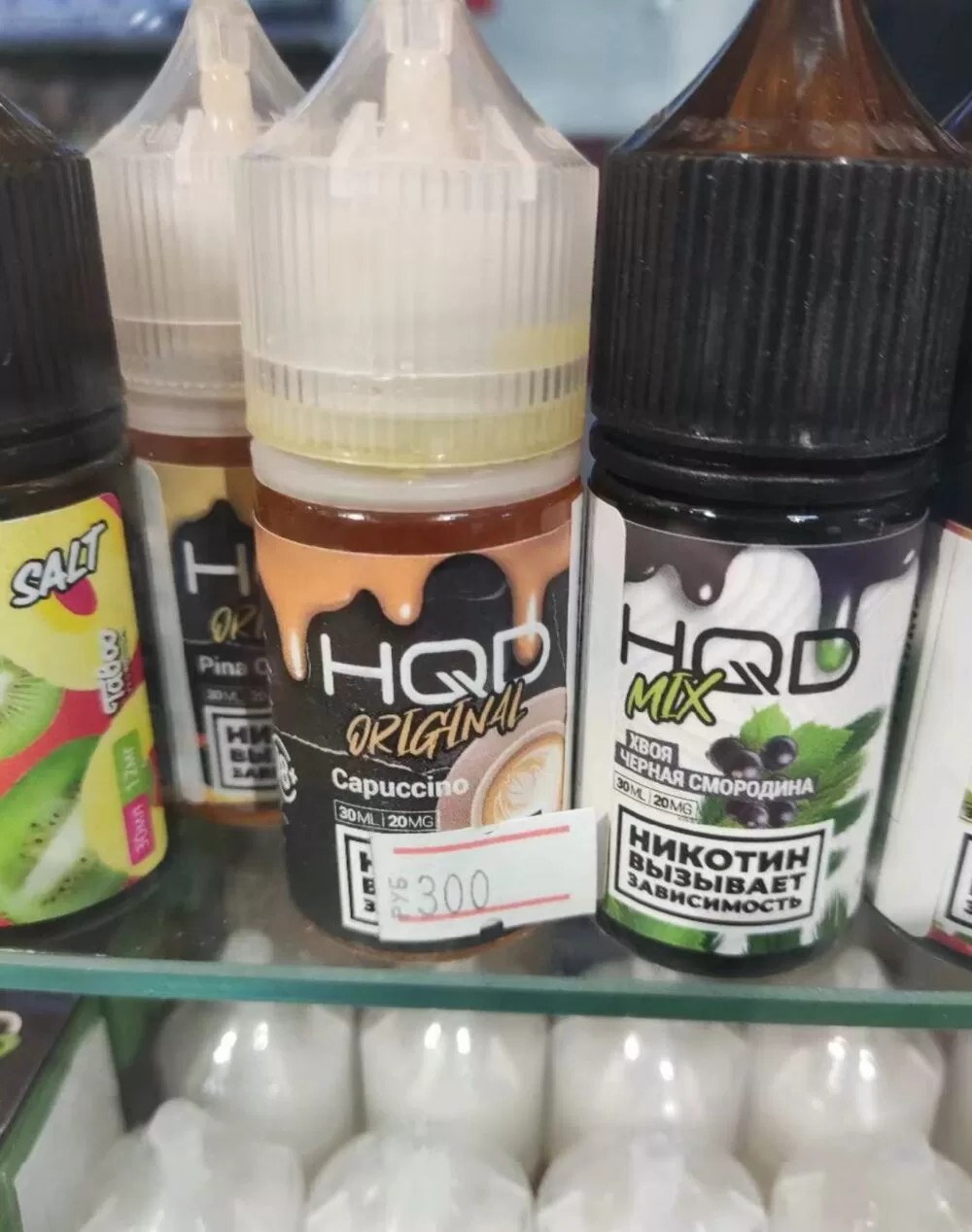Pakistan’s alarming prevalence of smoking casts a long shadow over its public health and economic prosperity. With a staggering 24 million active smokers, the country is grappling with multiple smoking-related diseases, including heart disease, chronic obstructive pulmonary disease, lung cancer, stroke and tuberculosis. The heavy burden on the health-care system not only leads to loss of life, but also causes significant economic damage.

Despite efforts to curb smoking, Pakistan has yet to achieve its tobacco control goals and existing methods appear outdated and ineffective. However, a ray of hope has emerged in the form of Tobacco Harm Reduction (THR) with the introduction of oral nicotine pouches as a viable alternative.
According to a recently released global report entitled ‘Integrating Harm Reduction into Tobacco Control,’ THR interventions, including the promotion of nicotine pouches, are expected to reduce premature deaths caused by smoking. These pouches provide smokers with a smoke-free experience, satisfying their nicotine cravings without the harmful effects of combustion.
The report paints a compelling picture of the potential impact of THR in Pakistan. If nicotine pouches were adopted across the country, the current smoking rate (a worrying 34.3 per cent) could fall to just 8 per cent by 2045 and further to 5 per cent by 2060. This would mean a significant reduction in smoking-related deaths The number of smokers increases from 163,000 per year to 114,000 in 2045 and 76,000 in 2060. In addition, the economic cost of smoking in Pakistan is alarming at Rs 615.07 billion ($3.85 billion), equivalent to 1.6 per cent of the country’s GDP.
Salman, an ex-smoker from Lahore, recalls the experience of using nicotine pouches after quitting smoking. ‘Adopting nicotine pouches was transformative for me, especially considering the damage smoking had done to my lungs. I used to suffer from breathing problems and a constant heaviness in my chest as a result of smoking. However, since switching to nicotine pouches, I have noticed a significant improvement in my respiratory health. I strongly believe that these new products have the potential to help people switch to less harmful products,’ shared Salman.
However, the road to a smoke-free future is not without obstacles. Policymakers have been hesitant to embrace tobacco harm reduction products despite evidence of their efficacy. In order to address this challenge and minimise smoking prevalence, a multifaceted approach is needed. Taxes on THR alternatives should be reduced to support their accessibility and adoption.
Promoting alternatives such as nicotine pouches can reduce the medical costs associated with treating smoking-related illnesses, thereby reducing the economic burden of smoking in Pakistan. By encouraging the adoption of such smoke-free products, policymakers can redirect resources to other sectors of the economy.
Related articles:
 There is a market for nicotine pouches, and it may become a new strategy of the Pakistani government to control tobacco in the future
There is a market for nicotine pouches, and it may become a new strategy of the Pakistani government to control tobacco in the future
 CVIC -Is A UK Disposable Vape Ban On The Horizon
CVIC -Is A UK Disposable Vape Ban On The Horizon
 InterTabac and InterSupply 2023 bringing the future to Dortmund
InterTabac and InterSupply 2023 bringing the future to Dortmund
 CVIC – Ireland To Ban Vapes For Under 18’s But No Flavour Ban!
CVIC – Ireland To Ban Vapes For Under 18’s But No Flavour Ban!

